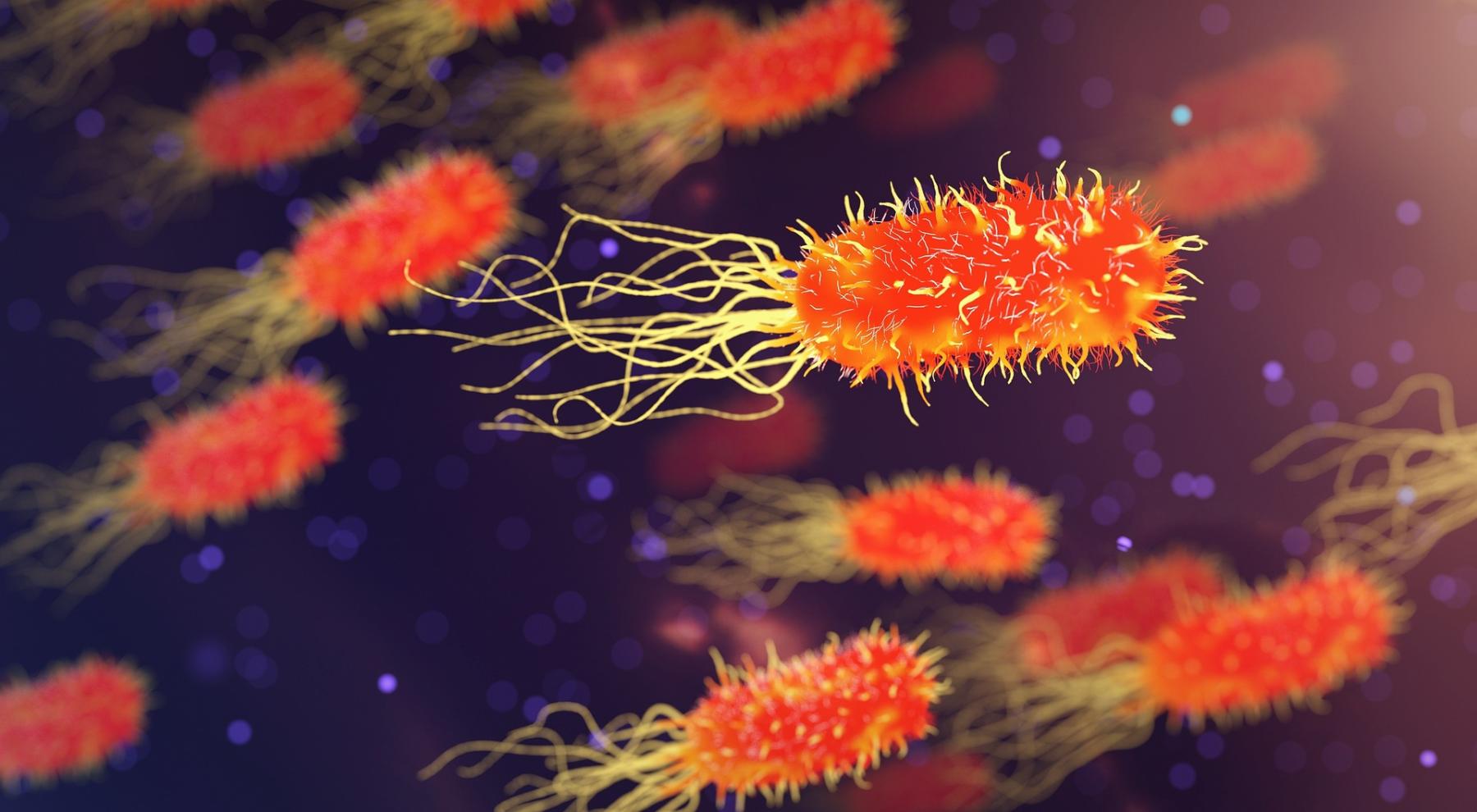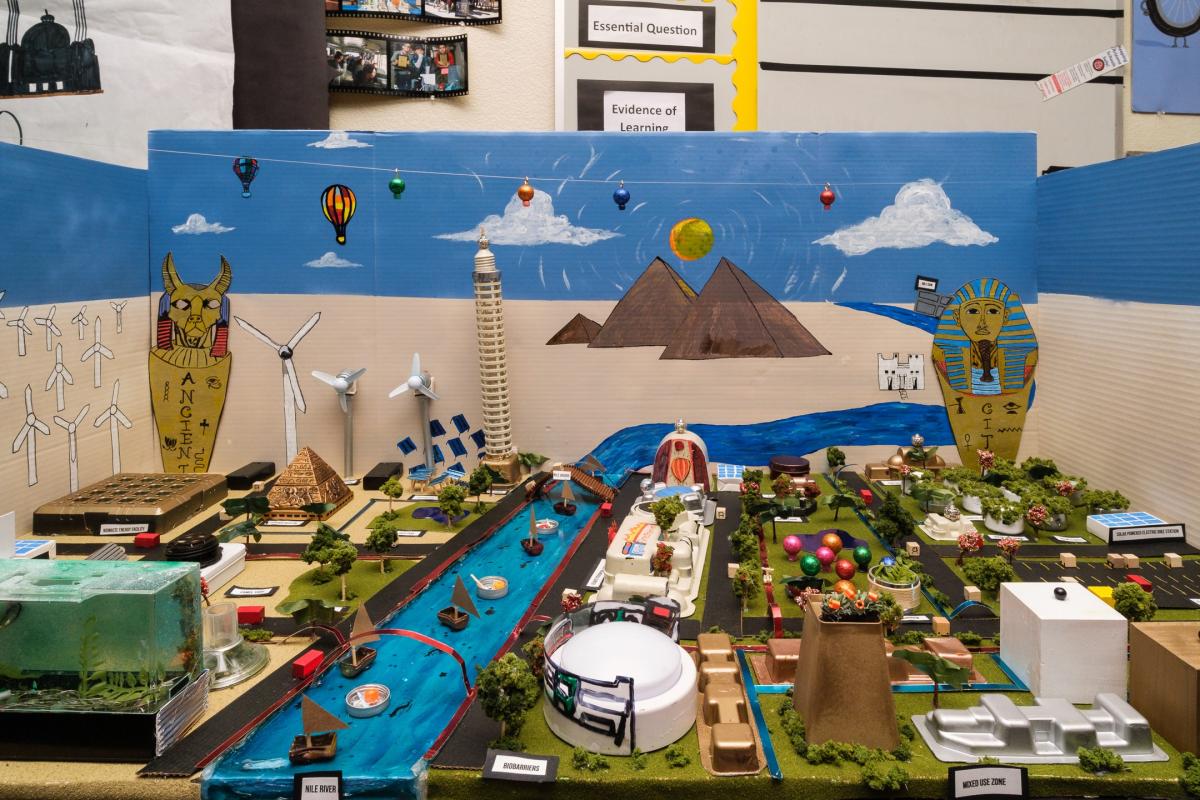
ASAP Teacher Highlight - Nathan Stumpf
I have been a science teacher for the last 13 years and I have always loved science and experimentation, so I try to do as many hands-on labs and activities in my classes as I can. A colleague of mine introduced this project to me and I thought it would be a wonderful way for me to get lab materials for my classes and for them to experience STEM education at its finest. I want students to like science and be engaged in inquiry learning. I currently teach at Pinnacle High School in the Paradise Valley Unified School District. My goal with ASAP was to find a way to do exciting labs and get them paid for due to being a teacher on a teacher’s salary.
Project Stats
Teacher Name: Nathan Stumpf
School: Pinnacle High School
District: Paradise Valley Unified School District
Grade Level: High
Subject Area: Biology
Number of Students Involved: 153
Name of Project: Exploring the CRISPR-Cas defense system
Photo Gallery
 |
 |
 |
 |
Main Idea – (What you’re doing / or plan on doing)
My plan is to have my students walk-through the process of gene-editing technology and understanding the technology of gene-editing. My students would simulate the process of the first scientists discovering CRISPR-Cas defense system and the role it plays in helping host bacteria protect itself from bacteriophages. The money for this project would be used to buy a kit from Carolina Supply Company and the supplies necessary to complete this kit. Some of the supplies include an autoclave, microcentrifuge tube racks, microbiological plate incubator, etc. The students would work through a 5-day lab that goes the scientific method to understand this intricate defense system. Students have to use an evidence-based approach to figure out the relationship between the host and virus. Doing this lab, will introduce them to the realm of microbiology and hopefully give them insight into what it’s like to work in a lab setting.
Results – (anticipated or actual)
The students in these classes will see that host bacteria use the CRISPR-Cas defense system to fight against invading viral bacteriophages. These bacterial hosts are usually extremely outnumbered and have evolved an immune system response to fight off these viruses. The CRISPR-Cas system allows these bacterial hosts to recognize these viruses by using small amounts of RNA and matching them with the viral DNA sequences. This process allows the bacterial host to kill the viruses. The students will be performing a variety of tasks: designing a controlled experiment; learning good sterile microbiology technique; performing a double agar overlay plating technique; explaining the CRISPR-Cas immune system; and understanding antibiotic resistance. Hopefully, this project will entice students to pursue STEM-related fields in college and their future career by introducing them to real-life microbiology lab techniques.
Related Content


